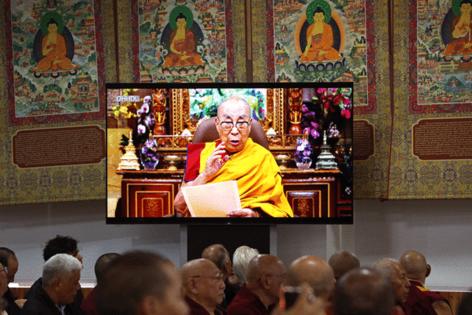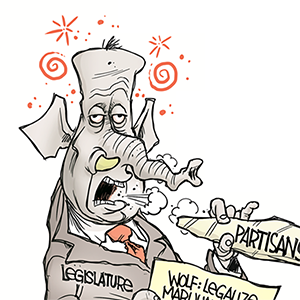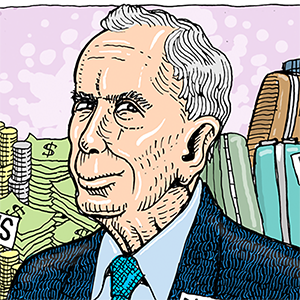Dalai Lama asserts right to find successor, defying Beijing
Published in News & Features
The Dalai Lama asserted that only his office has the authority to identify his successor, even as China insisted that it must sign off on the next spiritual leader of Tibet.
“I am affirming that the institution of the Dalai Lama will continue,” the Nobel laureate said in a video message published on Wednesday, just days before his 90th birthday. “I hereby reiterate that the Gaden Phodrang Trust has sole authority to recognize the future reincarnation; no one else has any such authority to interfere in this matter.”
The statement is likely to heighten tensions between the Tibetan government-in-exile and Beijing. Just hours after his statement, China’s foreign ministry spokesperson reiterated that Dalai Lama’s reincarnation requires Beijing’s approval. The reincarnation must “comply with religious rituals and historical conventions as well as Chinese laws and regulations,” Mao Ning told reporters during a regular press briefing in Beijing on Wednesday.
There’s no single method of choosing a Dalai Lama and the process can be long and complicated. Traditionally, a search for a child reincarnation is conducted in Tibet, and once a boy is confirmed, he studies to prepare for his role. The current Dalai Lama was identified at the age of two.
However, with the region under Chinese control since 1950s, there have been suggestions the next Dalai Lama might be found elsewhere. Going with the traditional method could also create a prolonged leadership gap while the child matures and is trained to lead.
There are no geographical boundaries restricting where the Dalai Lama’s reincarnation can be born, Samdhong Rinpoche, a senior monk in Dalai Lama’s personal office, said at a press conference in the Himalayan town of Dharmshala in northern India following the video message.
For over three centuries, the role combined both spiritual and political authority in Tibet. But the current Dalai Lama relinquished his political role more than a decade ago.
The Chinese People’s Liberation Army arrived in Tibet in 1950 and the government in Beijing took direct control of the region. The Dalai Lama fled to India in 1959, following a failed Tibetan uprising against Chinese Communist rule.
Since then, India has hosted the Dalai Lama and Tibet’s government-in-exile in Dharamshala. New Delhi formally recognized Tibet as part of China in 2003.
------------
—With assistance from Colum Murphy and Linda Lew.
©2025 Bloomberg L.P. Visit bloomberg.com. Distributed by Tribune Content Agency, LLC.







Comments